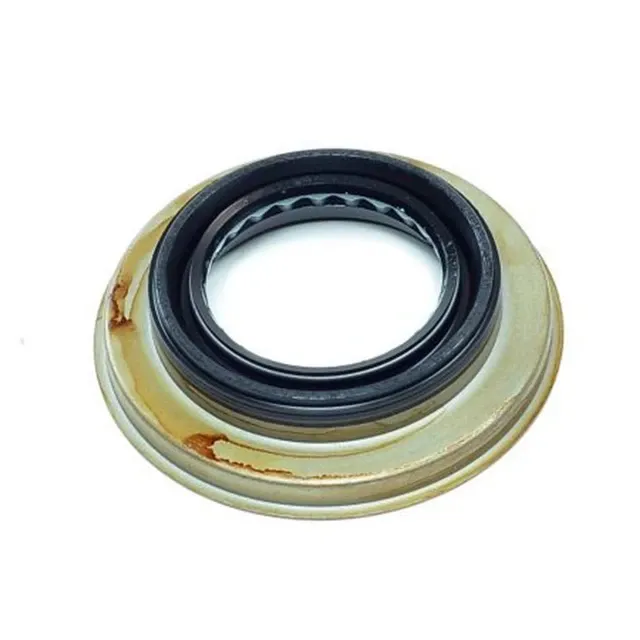square cut o rings
Understanding Square Cut O-Rings Design and Applications
Square cut O-rings, also known as square cross-section O-rings, are specialized sealing components that offer unique advantages in various applications. Their distinct shape differentiates them from traditional round O-rings, providing benefits in both performance and durability. This article delves into the features, materials, manufacturing processes, and applications of square cut O-rings.
Design Features
The primary characteristic of square cut O-rings is their unique square profile, which provides a larger sealing surface compared to standard round O-rings. This square cross-section allows for more effective sealing under pressure, as it maintains contact with the sealing surfaces more consistently. The design minimizes the risk of deformation, which is crucial in high-pressure environments.
Another notable feature of square cut O-rings is their ability to withstand higher pressures and temperatures compared to their rounded counterparts. This makes them ideal for use in demanding industries such as aerospace, automotive, and oil and gas, where reliability and performance are paramount.
Materials Used
Square cut O-rings can be manufactured from a variety of materials, ensuring that they meet the specific requirements of different applications. Common materials include nitrile rubber (NBR), fluorocarbon (FKM), silicone rubber, and polyurethane. Each of these materials has unique properties that make them suitable for specific environments.
For example, nitrile rubber is known for its excellent resistance to oil and fuel, making it a popular choice in automotive applications. Fluorocarbon O-rings, on the other hand, are preferred in high-temperature environments due to their exceptional thermal stability and resistance to chemicals. Silicone rubber offers flexibility and temperature resistance, making it suitable for various applications, including food processing and medical devices.
Manufacturing Processes
square cut o rings

The manufacturing of square cut O-rings involves several steps, including material selection, molding, and quality control. The first step is to choose the appropriate material based on the application requirements, followed by designing the mold for the square cross-section.
A common method for producing square cut O-rings is through injection molding, where the selected material is heated and injected into a mold to form the desired shape. Once molded, the O-rings undergo a curing process, which solidifies the material and enhances its properties.
Quality control is crucial in the production of square cut O-rings, as any defects can lead to failure in their sealing capability. Manufacturers typically conduct a range of tests to ensure that the O-rings meet industry standards, including testing for tensile strength, elongation, and resistance to compression set.
Applications
Due to their robust design and material versatility, square cut O-rings are widely used across various industries. In the automotive sector, they serve as vital sealing components in engines, transmissions, and fuel systems. In aerospace, they seal hydraulic systems and fuel tanks, ensuring safety and efficiency in flight operations.
In the oil and gas industry, square cut O-rings are employed in drilling equipment and pipelines, where high pressures and harsh environments make effective sealing critical. Additionally, they are utilized in pharmaceutical and food processing applications, where hygiene and regulatory compliance are essential.
Conclusion
Square cut O-rings are invaluable components in many industrial applications, offering enhanced sealing capabilities and durability. Their unique design and material options make them suitable for a wide range of environments and requirements. As technologies evolve and industries continue to demand higher performance from sealing solutions, square cut O-rings will undoubtedly play a significant role in meeting these challenges. Whether in a high-pressure engine or a sensitive medical device, these O-rings contribute to the reliability and efficiency of countless systems.
-
Seal 12x20x5: Precision Radial Shaft Seals for Industrial Reliability
News Nov.24,2025
-
Seal 12x18x5: Essential Guide to Specifications, Applications & Vendors
News Nov.24,2025
-
Understanding Seal 12 20 5: Applications, Specifications & Industry Insights
News Nov.23,2025
-
Durable Oil Seal 85x110x12 – Reliable Sealing Solutions for Industry
News Nov.23,2025
-
Durable and Precise Oil Seal 75x95x10 for Efficient Machinery | YJM Seal
News Nov.22,2025
-
Durable Oil Seal 75x100x10 for Reliable Industrial Performance | YJM Seal
News Nov.22,2025
-
High-Quality Oil Seal 65x90x10 | Durable & Reliable Sealing Solutions
News Nov.22,2025
Products categories















